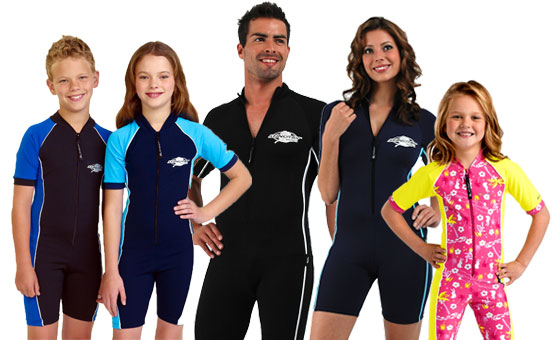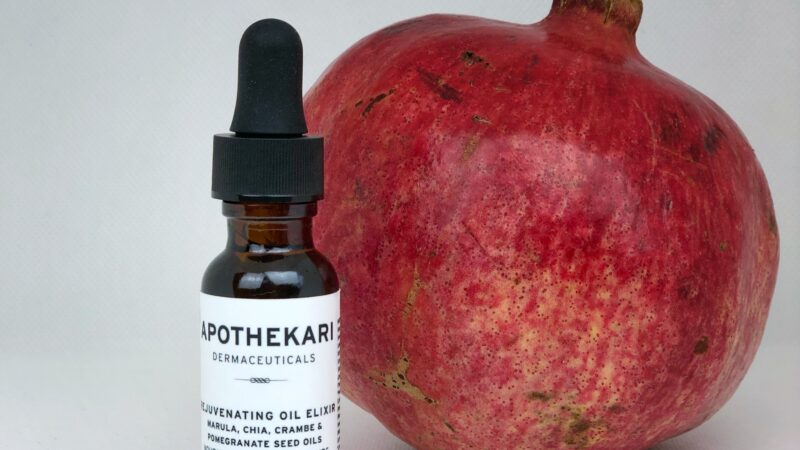You already know the importance of protecting your skin from the sun’s UV rays in order to maintain youthful, healthy skin and prevent long-term damage to the epidermis. A well formulated sunscreen against both UVA and UVB rays is the most effective solution when you just can’t avoid the sun. Recently however, sun protective clothing has become an option for your body. Let’s look at how well SPF clothing works to block the sun’s UV rays from damaging your skin and whether they’re an effective replacement for a good sunscreen.
Advantages Of Wearing Sun Protective Clothing
Clothes that are designed to block the sun’s UV rays may do so by utilizing fabric capable of blocking UVA and UVB rays or by treating the clothing with sun filters such as titanium dioxide. The sun protection capability is derived from either the sun filter and/or tightly woven fabric that offers further protection against UV rays.
One of the advantages of wearing sun protective clothing is that they can deliver protection from UV rays. A second advantage is that they can reduce (but not eliminate) the need to apply a sunscreen (which some people may consider higher-maintenance). While there’s no disputing their effectiveness, there are some potential drawbacks.
Potential Drawbacks
The first drawback is the cost. Sun protective clothing is usually priced at a premium to regular clothes. For example, a long-sleeve shirt with an SPF 50 may cost more than $60. Second, many types of clothing that are designed to protect your skin from the sun don’t provide broad spectrum coverage of UV rays. They may offer protection from shorter-range UVB rays, which contribute to sunburn, but not long-range UVA rays which can penetrate deep into the epidermis. UVA rays lead to photo aging as well as some types of skin cancers. It’s important when purchasing any sun protective clothing to ensure that you’re getting both UVA and UVB protection.
Another disadvantage is that these clothes cannot offer protection for your face. This includes the eyes and lips, two areas that are very vulnerable to UV rays. Lastly, wearing this type of clothing can be uncomfortable and restrictive. If the clothes are made from a tightly-woven polyester fiber, you can sweat quite a bit, leaving the sweat to be trapped inside preventing its evaporation.
Protecting Your Skin From The Sun
Sun protective clothing can be a useful addition to your UV prevention strategy. And children in particular, may benefit greatly from its use. However, it can’t replace the use of a well formulated sunscreen such as Anthelios, which will still need to be applied to your face, hands and feet.
Try and stay out of the sun wherever possible, seeking shade when you can. Avoid exposing yourself to the sun’s rays between the hours of 10 am and 4pm, when the rays are most powerful and wear sunglasses to protect your eyes. By all means, incorporate sun protective clothing into your regimen if you find them comfortable to wear and use a good sunscreen like Anthelios for those areas that are exposed.
�




Nice article. Protective clothing for being out in the sun is really a must.